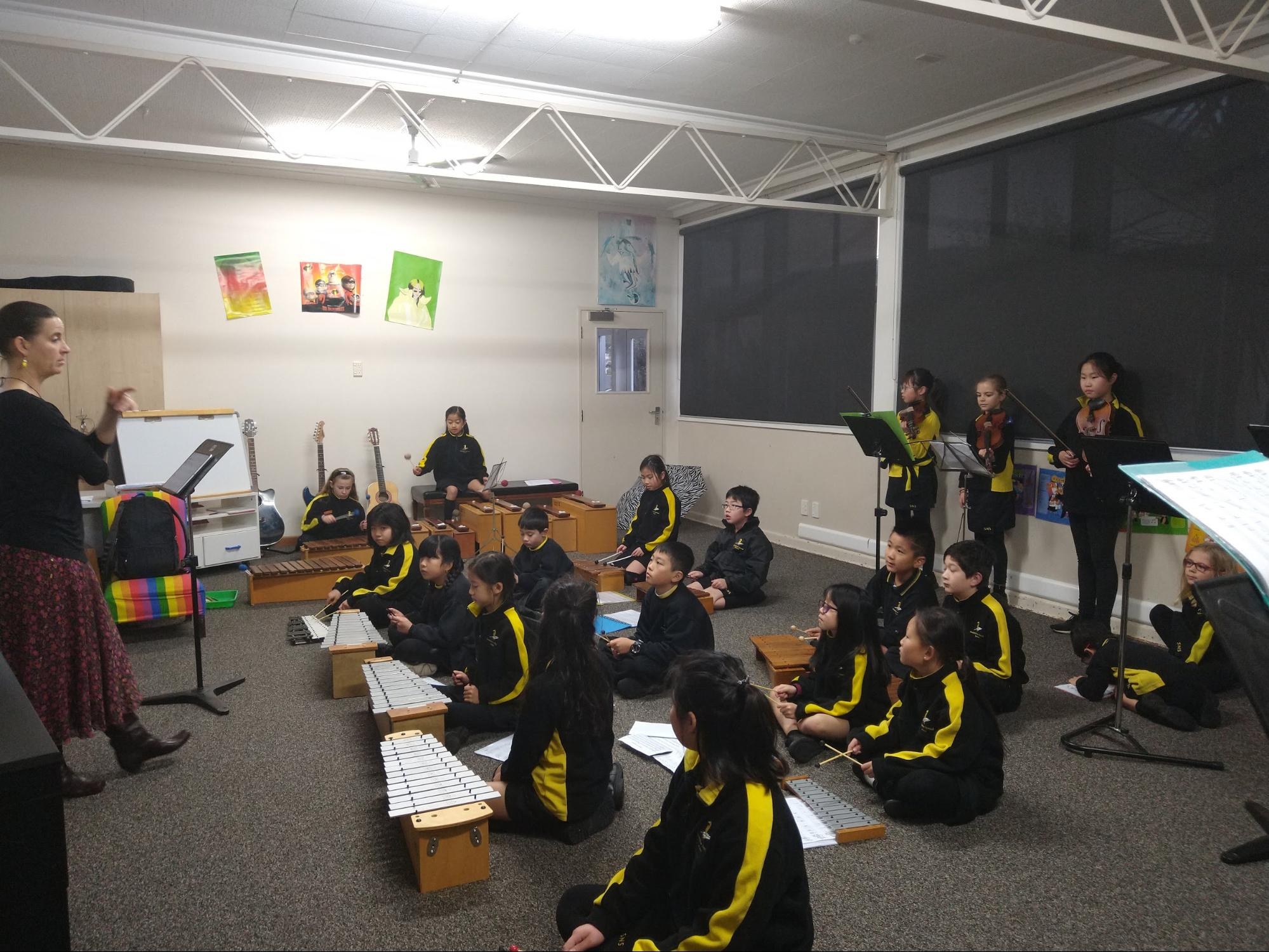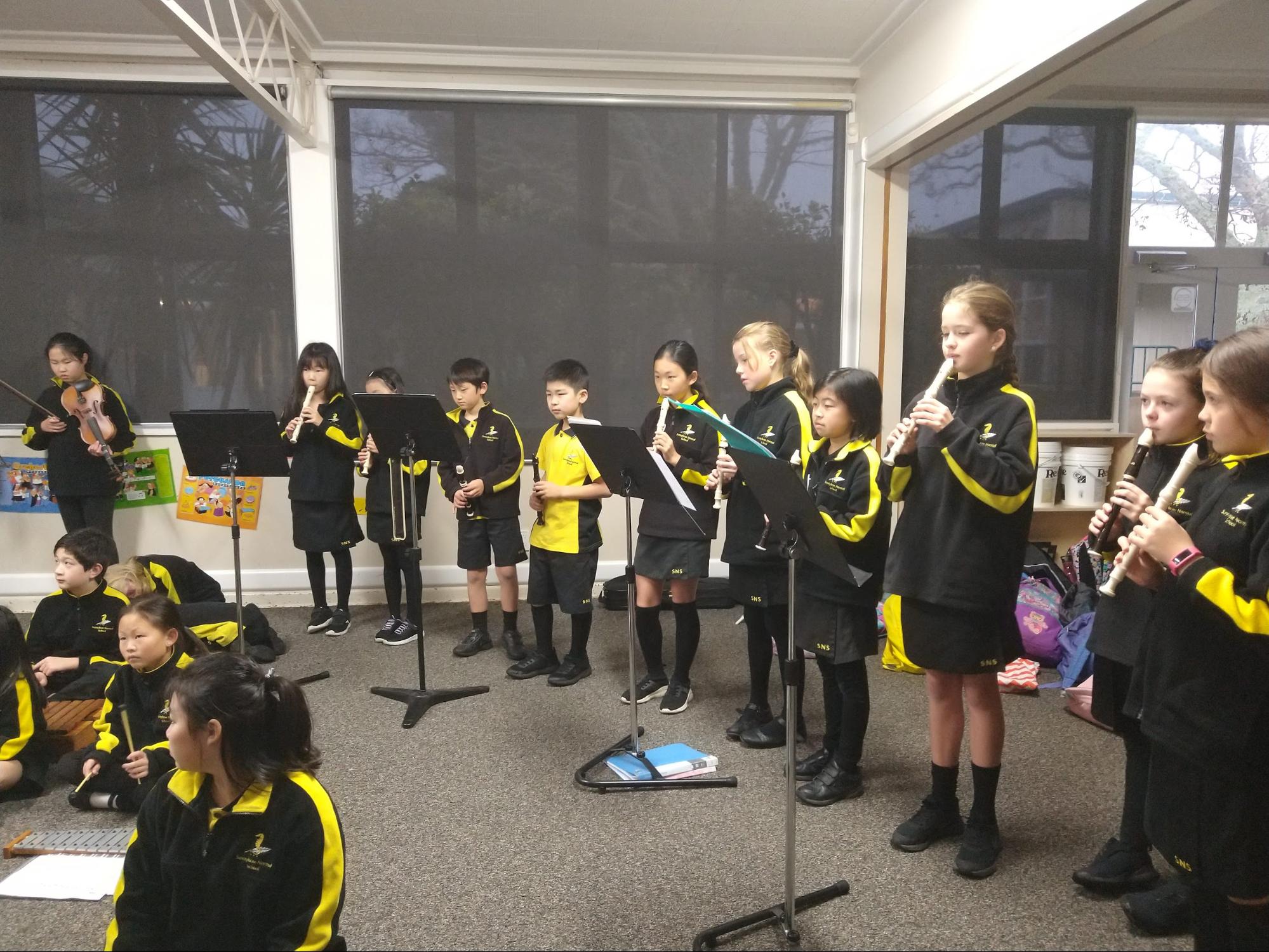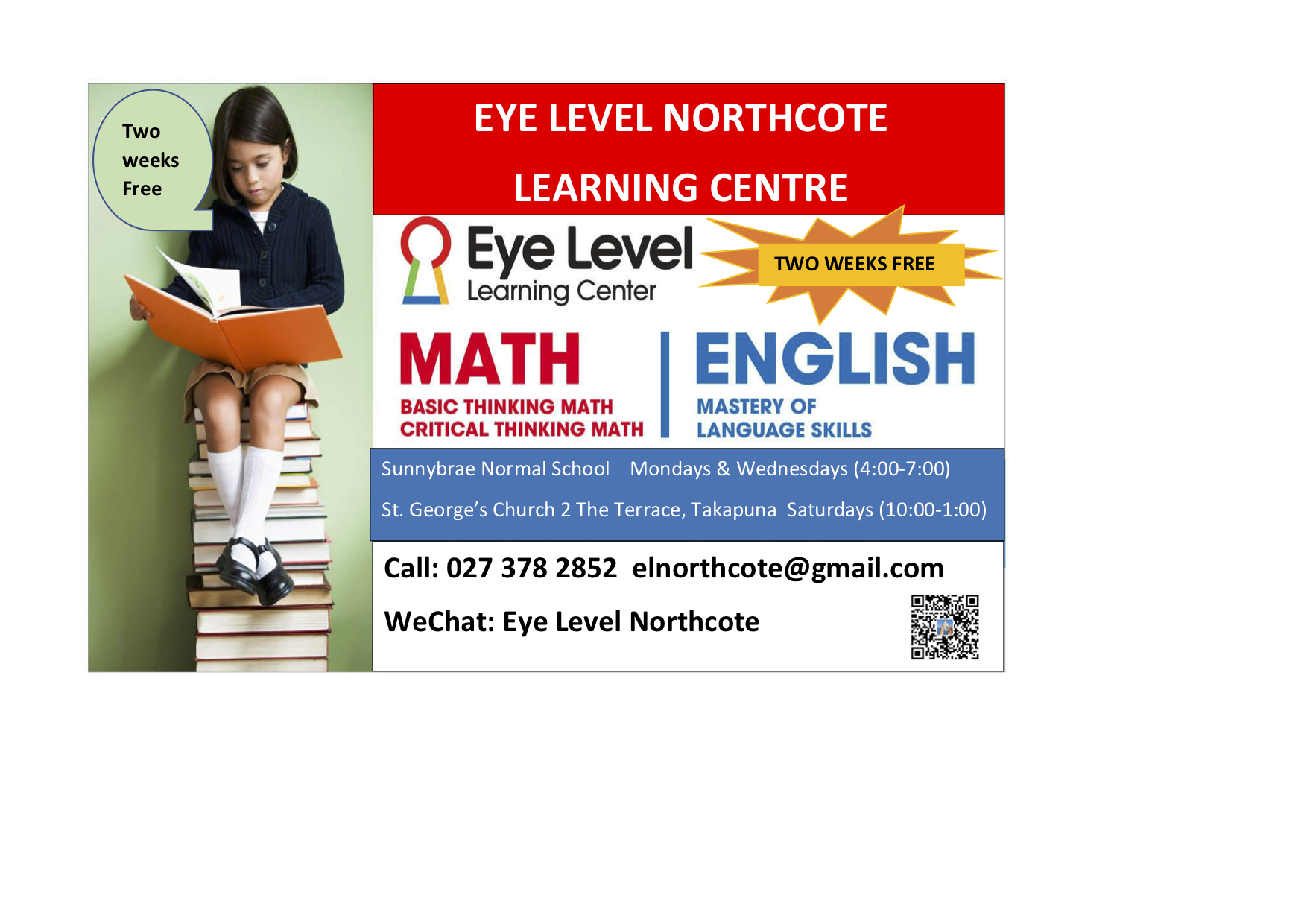|
|
Important Dates
Monday 27 July
Kiwi Testing begins for Year 4-6 students who have entered
Wednesday 29 July
School finishes at 12:30 pm
Parent-Teacher Conferences from 1:15 – 8:00 pm
Thursday 30 July
Parent-Teacher Conferences from 3:30 pm – 6:00 pm
|
|
|
In this Issue – Week 1, Term 3 2020
1. Welcome to Sunnybrae
2. Drop Off and Pick Up Times
3. Parent-Teacher Conferences
4. Y4-6 Cross Country
5. The Arts Update
6. Strategic Goal – Wellbeing
|
|
|
1. Welcome to Sunnybrae
This week we would like to welcome the following new students and their families to our school community: Benson Huang, Vanessa Grey, Madi Velez, Kennedy Shand and Jordan Louw, all from Room 2. We also welcome their teacher Miss Olivia Jones.
Welcome to the following Student Teachers from the University of Auckland who will be working with us for the next five weeks: Dylan Acheson (R11), Lauren Morrison (R14), Britney Clemm (R16) and Cate Stewart (R20).
|
|
|
2. Drop Off at the School Gates: 8:30 – 8:45 am
Thank you for encouraging your children to walk to their classroom independently.
Classroom Pick Up – 3:00 pm
|
3. Parent-Teacher Conferences
Times will run to an exact schedule so please be on time.
- Parent-Teacher Conferences on Wednesday 29 July and Thursday 30 July.
- Wednesday 29 July is a half-day.
- All children must be collected at 12:30 pm on Wednesday.
- Conferences take place from 1:15 pm on Wednesday.
- YMCA provides After School Care in the school hall. You may make prior arrangements directly with the YMCA if you would like to enrol your child from 12:30 – 3:00 pm on Wednesday 29 July. The cost is $12.00 per child. In order to enrol go to https://ymca-akl-ham-bop.aimyplus.com and click on Special Day or call (09) 480 7099.
- Conferences take place from 3:30 pm on Thursday 30 July.
|
4. Y4-6 Cross Country
On Tuesday the weather cleared enough for our Years 4-6 students to begin their cross country training. This year we have changed the course slightly making it flatter and faster. Many Years 5 and 6 students will be able to run around twice, in the 15-minute time frame, as their fitness levels increase. All other students can complete the course once. It was great to see so many students arrive at school with their spare shirts and running shoes to change into before training. There was also so much positivity and lots of smiles as they made their way around the course. Training will continue on Monday, Tuesday and Thursday until the school event, scheduled for 20 August at 1:30 pm.
|
5. The Arts Update
The Orchestra is in full swing, practising hard at 8:00 am on Wednesday morning with Mrs Babbage and a talented parent help, Jo Fitzgerald. It is lovely to see students who were once in the beginning recorder group, advance to Orchestra. This is a wonderful opportunity for students learning musical instruments to collaborate at school with their peers.
|
|
|
6. Strategic Goal – Wellbeing
This week our focus is on energy.
Some students seem to have a lot of energy. They like to run, jump, climb – even sitting still is a challenge! While others seem to have a lower energy output and gravitate towards calm activities. This activity helps students think about their energy in an objective way and learn strategies for adjusting it to suit different situations.
Talk about the following:
How energy is very useful. It helps us focus, pay attention, move around and do things. We’re like rechargeable batteries; sometimes we have lots of energy, sometimes we have less and if we use up some of our energy, we need to find ways to recharge.
- How do we feel when we have heaps of energy? Excited, noisy.
- What about when we have no energy? Tired, quiet, teary, angry.
- What is it like when we are tired and someone else is energetic?
- What about when we are really energetic and someone else is not?
- When is it good to show lots of energy? Play-time, football, tag, etc.
- When might we need less? Before bed, at the library, at the movies, etc.
After completing the discussion draw a 1-5 continuum on paper, where 1 is no energy and 5 is lots of energy. For younger children draw pictures. Talk about what each number might look like:
- Sleeping, lying on the ground, not moving.
- Sitting up, reading, slower breathing.
- Standing up, little arm movements, some stretches, hanging out with people.
- Active: Walking around, dancing, handclaps, normal breathing, talking.
- Hyped up! Jumping, making noise, high fiving, swinging arms above head.
Get your child to act out each number, working from 1 to 5; then back from 5 to 1.
Ask:
- What was it like?
- How do we know how to act in different situations? Look at what other people are doing and see if we can match their energy level. (Mention noticing this.)
- What could we do if we’re bursting with energy (5) and going into a quiet environment (2) We could take some deep breaths or do some quiet reading. Or if we need to burn off energy, we could go for a quick run or do some jumps.
- What about if we’re tired (2) and need an energy boost (4) We could have a quick stretch, do a few star jumps, get some fresh air or have a healthy snack.
As a follow up you could use the numbers to introduce the best energy levels for different activities e.g. “For this you’ll need level 3 energy.” You could also use the numbers to help students reduce and lift their energy levels e.g. “Ben, at the moment your energy is a 4 and this exercise needs you to be at a 2. Do you think this is possible?” (You could suggest how they might do this – either through something active that will burn energy off, or through a calming activity.)
|
We look forward to seeing you all at Parent-Teacher Conferences next week.
Kind regards,
Lorene Hurd
Principal
|
|
|
|


